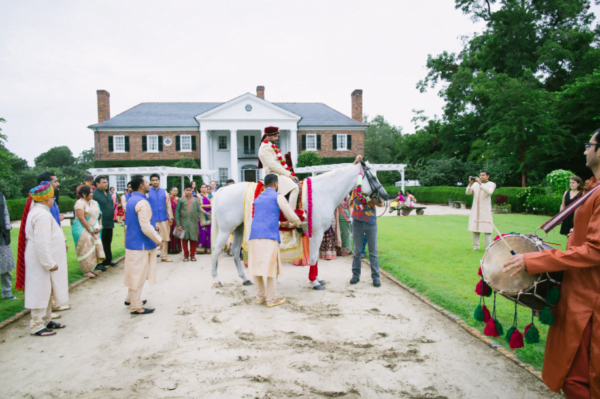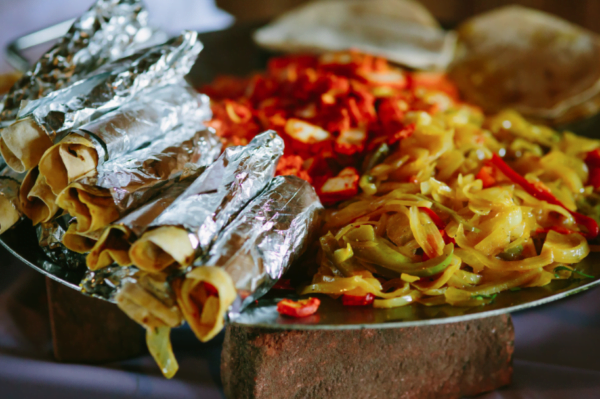Cultural Spotlight: Traditional Indian Wedding

Weddings are a beautiful celebration no matter who you are or where you live. But different cultures often have their own wedding traditions that make them a unique experience. Today we are highlighting one culture with beautiful traditions that make for a truly remarkable experience: the Indian wedding.
A traditional Indian wedding typically last three days. On the first night, a priest performs a ceremony called the Ganesh Pooja. This ceremony usually involves just the bride and groom, close relatives, and the bridal party.

The second day begins with the bride and her female friends and family members getting intricate henna patterns on their hands and feet (pictured below) in a tradition called the mehndi. Later that day, the sangeet takes place. This ceremony is where the party truly begins, filled with singing, dancing, and performances.
The main ceremony, cocktail hour, and reception occur on the third day. Typically, the most guests are invited to the ceremony and reception, but guests outside of the family may be invited to any number of the wedding events. The official wedding ceremony practices many different traditions.
During the groom’s procession, called the Baraat, the groom arrives on an adorned white horse.

When he arrives, the groom is surrounded by guests dancing to the beat of a Dhol, an Indian drum.

The bride and groom then greet one another with floral garlands and proceed to the marriage ceremony.

The ceremony of marriage takes place underneath a canopy called a mandap with the couple, priest, and the bride’s parents. The ceremony begins with the Kanyadaan, the bride’s parents give her away, followed by the couple joining hands and walking around the Agni (a small fire) in the mangal Phera ritual. The couple then takes the Saptapadi, the seven steps, making a sacred vow to one another.

The bride and groom in their floral garlands following the marriage ceremony
Following the ceremony? The reception! Except beautiful colors, delicious food, and unforgettable music and dancing, like the Punjab folk dance the bhangra.


There are many sub-cultures and religions within the large country of India, so not every Indian wedding is going to be the same. But one thing you can count on is that it will be a fun, vibrant celebration unlike any you’ve been to before!
Wedding: The Patels
Catering, Décor and Flowers: Duvall Catering & Events
Photography: Dreampop Media

